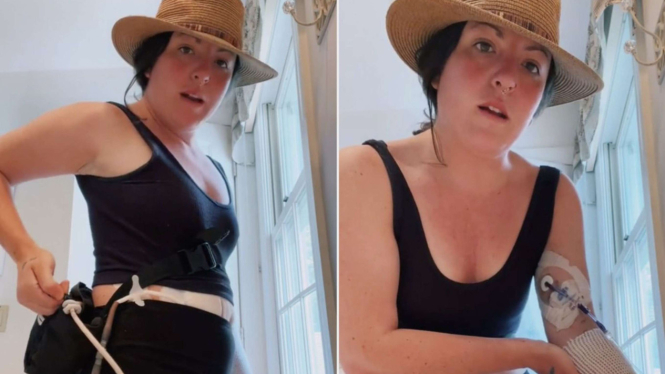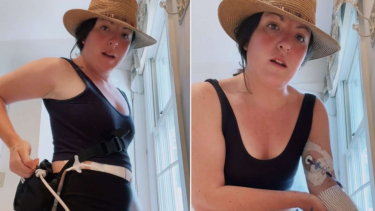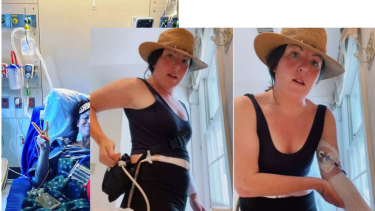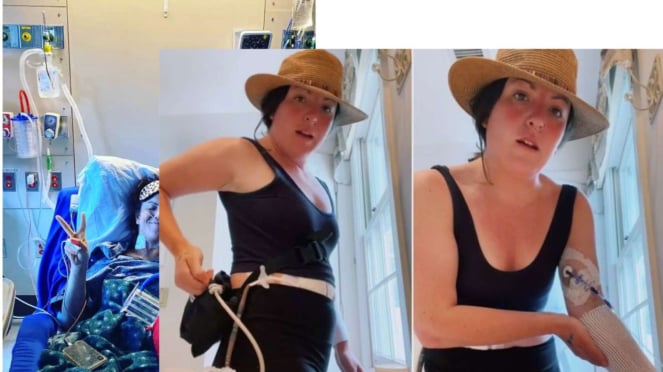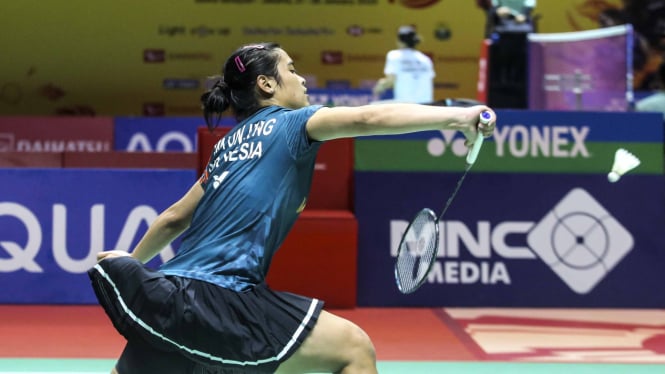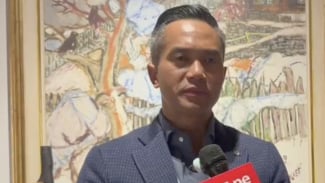Story of Sofia Hart: A Woman Has No Pulse for a Whole Year
- India Times/TikTok
Boston – Recently, social media has been buzzing about a woman who has no pulse. The woman who lives in Boston, known as Sofia Hart is suffering from a rare condition called dilated cardiomyopathy and the condition cannot be cured.
The 30-year-old woman's condition required her to be plugged into a power outlet that keeps her alive.
“That cord is pretty long, and I have mastered living in places where I can get around on that cord,” Sofia told People Magazine.
Wanita Tidak Punya Denyut Nadi,
- Istimewa
The life-saving medical device is an LVAD – a Left Ventricular Assist Device – which keeps her heart pumping. The LVAD is powered by batteries when she leaves the house, and is hers “bridge to a transplant," keeping her alive until then.
A pulse is the heart rate, or the number of times your heart beats in one minute. “There is no rhythmic pumping as there is with the ventricle, and therefore there is little to no pulse. This means you can have a perfectly stable and healthy looking person who has no palpable pulse and whom you may or may not be able to take a blood pressure,” West Virginia Office of Emergency Medical Services explained.
Dilated cardiomyopathy (DCM) is a condition in which the left ventricle (the heart's main pumping chamber) is enlarged, explains Penn Medicine.
As the chamber gets bigger, its thick muscular wall stretches and becomes thinner and weaker. This affects the heart's ability to pump enough oxygen-rich blood to the rest of the body.
“I started getting really achy and so fatigued. It's like a fatigue that you can't really describe. I wasn't tired in my brain, but my body was so tired," she stated.
Sofia Hart, wanita yang idap jantung genetik langka tanpa detak jantung
- India Times/TikTok
Seven years before Sofia became ill, her twin sister Olivia suffered heart failure and had to get an LVAD device until her transplant in 2016.
Sofia explained that genetics weren’t considered a potential cause until both of them had suffered heart failure as young women. Both the sisters were born with the same rare genetic mutation.
Sofia was given the same course of treatment at age 29 that her sister was given at 22 – live with an LVAD until she could get a transplant.
“I was relieved because I was so scared of dropping dead knowing my heart was only working at 15%. The LVAD brought a lot of security to me, right off the bat,” she remarked.
